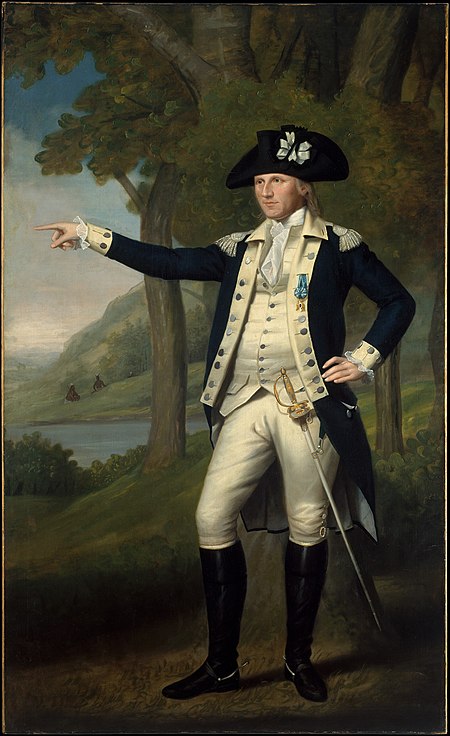Battle of Johnstown
1781 in New York (state)1781 in the United StatesBattles in the Northern theater of the American Revolutionary War after SaratogaBattles involving Great BritainBattles involving the Iroquois ... and 4 more
Battles involving the United StatesBattles of the American Revolutionary War in New York (state)Conflicts in 1781Fulton County, New York

The Battle of Johnstown was one of the last battles in the northern theatre of the American Revolutionary War, with approximately 1,400 engaged at Johnstown, New York on October 25, 1781. British regulars and militia, commanded by Major John Ross of the King's Royal Regiment of New York and Captain Walter Butler of Butler's Rangers, had raided the border area. Local American forces, led by Colonel Marinus Willett, blocked the British advance. As the British withdrew northwards Willett and his men marched to German Flatts to try to cut them off. The British managed to escape, but Walter Butler was killed.
Excerpt from the Wikipedia article Battle of Johnstown (License: CC BY-SA 3.0, Authors, Images).Battle of Johnstown
North Market Street,
Geographical coordinates (GPS) Address Nearby Places Show on map
Geographical coordinates (GPS)
| Latitude | Longitude |
|---|---|
| N 43.007222222222 ° | E -74.372222222222 ° |
Address
North Market Street 28
12095
New York, United States
Open on Google Maps








